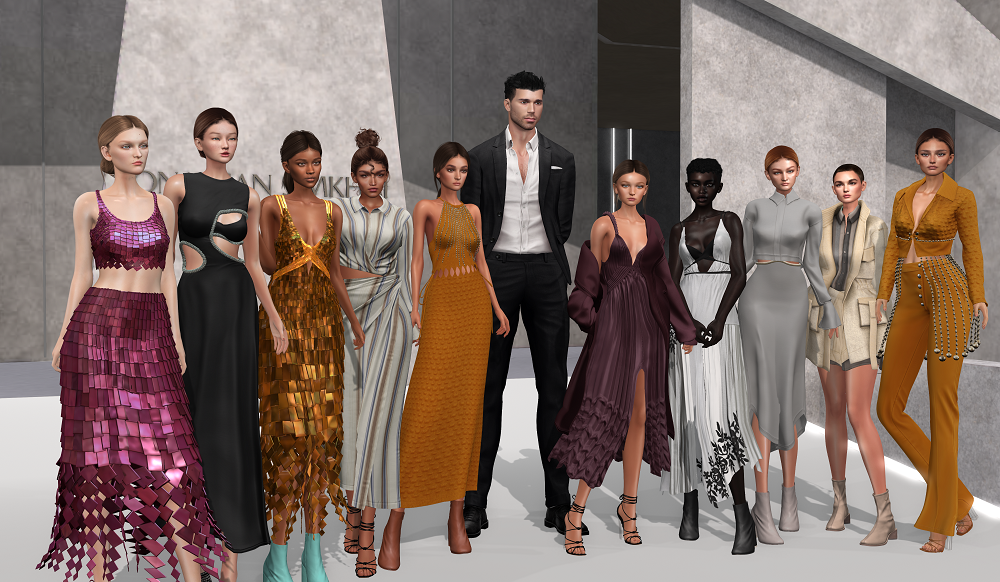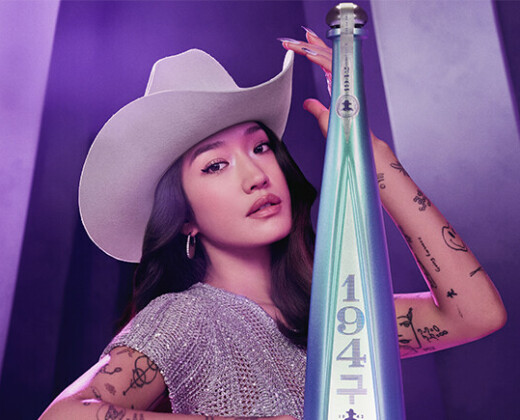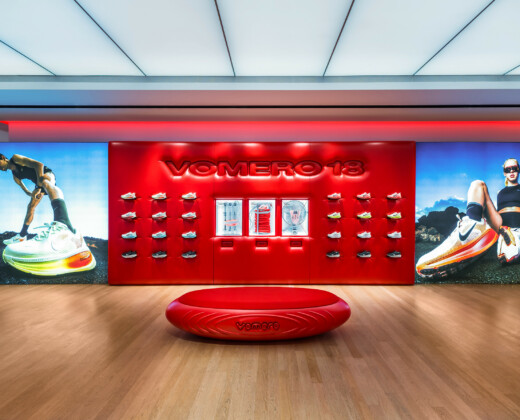We are finding ourselves living in an increasingly digital world as each year passes. Most areas of our lifestyle have already begun to be affected by this, whether it be streaming gradually replacing physical media such as CDs and DVDs, hanging out with our friends on video calls when we can’t be with them in person or, working from home being seen as a genuine alternative to heading into work every day for a lot of jobs. The fashion industry is also beginning to be majorly affected by the digital revolution, which may sound odd considering the heavily physical nature of the industry, however a large number of factors are contributing to this gradual rise of digital fashion.
Whilst the biggest steps in the digital fashion industry have been made within the last couple of years, the basis of digital fashion has been around for quite a while thanks to the video game industry. As gaming has evolved from its particularly heavy male focus in the 80s and 90s to a more widespread medium embraced by all genders and ages, there has been an increasing focus on character customisation.
This customisation allows players to form a stronger sense of immersion and personal attachment to their gaming experiences, whilst also embracing wider amounts of self-expression for players. For example, simulation games such as The Sims and Animal Crossing allow you complete control over your characters’ appearance(s) from their clothes to their face, whilst shooters such as Fortnite and Overwatch feature large casts of characters each with their own sets of unique outfits, ensuring that players will be able to find a number of looks that they feel best reflect aspects of their own style and personality.
This growing trend of character customisation and player freedom of expression hasn’t gone unnoticed by big fashion brands, with many beginning to collaborate with games as a way to promote new campaigns and products. Moschino, Stefan Cooke and, drag queen Pabllo Vittar, have all collaborated with The Sims by creating their own clothing and furniture items for players to use in their games. Whilst the likes of Ben Sherman, Anna Sui, GCDS, Valentino, Marc Jacobs and more recreated items from their campaigns and fashion lines in Animal Crossing; New Horizons shared QR codes for these items so that players were able to use them themselves. These collaborations show not only that fashion brands are now starting to take digital fashion seriously, but consumers are too, caring just as much about how they look in games as they do in reality.
So, moving on from the industry’s roots in video game customisation, how is digital fashion set to work and how will it change the wider fashion industry over time? To put it simply, digital fashion allows you to buy a virtual piece of clothing from a supplier or brand which you can then impose onto any photos and shoots of your own.
What are the advantages of going digital? The fashion industry has come under increasing scrutiny over the past few years, especially since the beginnings of the COVID pandemic, for its harmful impact on the environment and often less than ethical production methods. Digital fashion house, DressX, notes that the production of a digital garment emits 97% less CO2 than that of a physical garment, whilst production also doesn’t use any water meaning that the production of a digital garment saves an average of 3300 litres of water. Tribute Brand, another digital fashion house leading the way for the industry, also notes the lack of physical deliveries as a positive toward addressing the fashion industry’s environmental impact, as well as their being practically zero restrictions when it comes to gender, sex and size for clothing items.
All of this positive information is great of course, but is there an appetite for digital fashion from consumers? Going back briefly to the culture of character skins and customisation in video games, a 2020 report courtesy of market researcher Newzoo and gaming monetization firm DMarket reported that the character customisation sector of the video game industry was worth an estimated $40 billion a year. While these figures don’t directly relate to the wider digital fashion industry, they nonetheless show that there is serious appetite for virtual customisation and that the industry has serious potential to be embraced as more people dip their toes into virtual worlds and reality.
The influence of digital fashion has already begun to work its way into numerous fashion shows and Fashion Weeks as well. For example, London Fashion Week included a blend of physical and digital fashion showcases. This explored how digital has fast become a serious avenue for the industry and how it can continue to co-exist with physical fashion, with the two being able to be combined in exciting and innovative ways.
From February 10th to 13th 2022 there was also a Digital Fashion Week New York (not to be confused with a digital version of New York Fashion Week), which combined physical and virtual spaces to allow viewers to experience this new frontier of the fashion industry and how it will be used in the widely discussed Metaverse.
The inclusion of digital also allows for high end fashion to become more accessible for the general public to view and experience, making the fashion shows feel more accessible and personal than they have done In the past.
As for who exactly the digital fashion industry is primarily targeting right now, the general target audience is younger generations such as millennials and, particularly, Gen Z. As spending large chunks of time online has been a regular part of life since birth for these groups, they have come to appreciate how they present themselves in virtual spaces and on social media (such as with animated profile pictures).
In addition to this, the continuous rise of VR and the concept of the Metaverse, where people will be able virtually meet their friends in virtual spaces and take part in activities together like attending concerts, clubs, dance parties, bowling and more is allowing people the chance at a second virtual life away from their real one. The possibilities of what will be able to be achieved in these virtual spaces regarding fashion, self-image and self-expression are far greater than what can often be accomplished in reality meaning that users are going to be able to have a level of control over their image that has simply never been possible before.
So, how exactly is the fashion industry going to be affected moving forward? While we’re definitely not close to seeing the physical side of the industry disappear, it’s important that brands and designers begin to recognise the changes happening within the industry and steadily adapt over time to reduce the possibility of falling behind the rest of the fashion world.
Meanwhile, change for consumers will center around catering for and nurturing a second image and style in addition to their current real world one. The beauty industry has also begun to embrace digital, with brands such as Dior, now running virtual try ons, allowing consumers to see how products appear on them by using their laptop and phone cameras. This form of innovative technology could eventually become popular in the fashion side of the industry too, allowing consumers to see how a piece of clothing will look on them without having to either leave home or even physically try the product on. The fashion industry is definitely facing an interesting and exciting future with some of the biggest change it has ever seen, with the worlds of reality and digital literally colliding.
Words By Andrew Coyle
Photo Credit: Jonathan Simkhai








